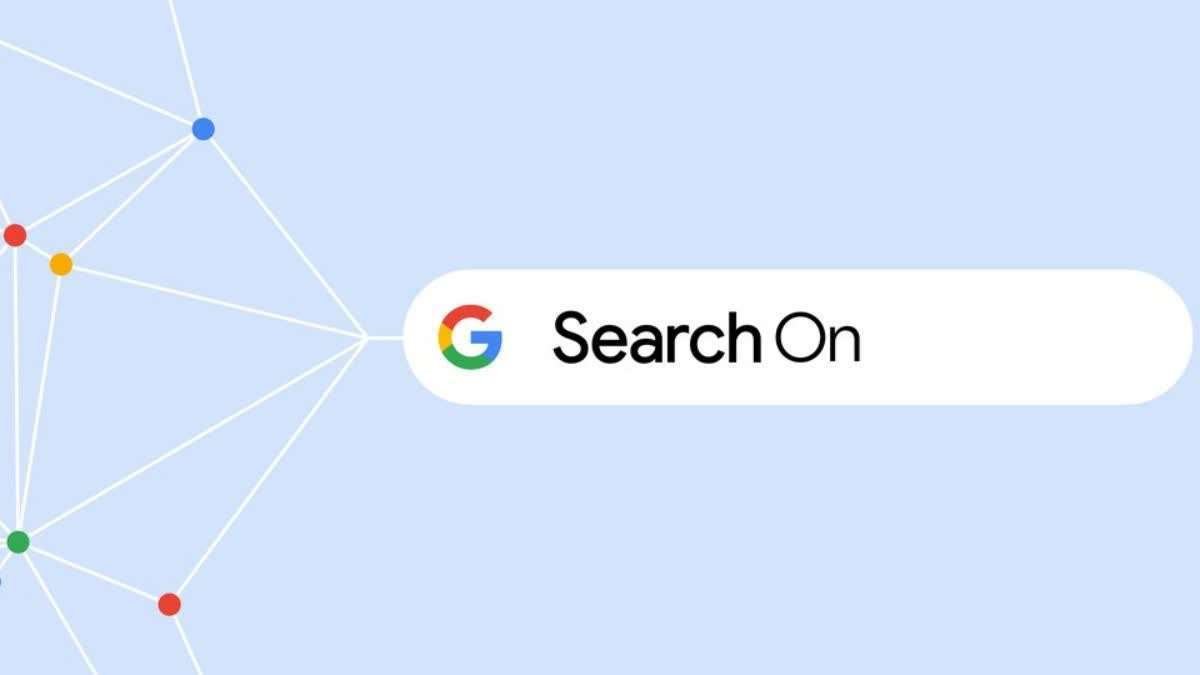In a groundbreaking move, Google introduced a multimodal search feature within its AI-powered search platform, revolutionizing how users interact with search engines. This update allows users to conduct searches using not only text but also images and visual inputs, enhancing the search experience and making it more intuitive.
What is Multimodal Search?
Multimodal search is an exciting advancement that combines various types of inputs—such as text, images, and voice—to deliver more accurate and relevant search results. Traditionally, users have relied solely on text-based queries, but now with Google’s multimodal search, users can seamlessly blend text and images in their search. For example, if a user encounters an object or scene in the real world, they can upload a photo or use their camera to search for related content, products, or information instantly.
The Rise of Image-Based Search
Alongside the multimodal search update, Google has rolled out image-based search, which is a game-changer for visual discovery. This feature enables users to search for items or content simply by uploading an image. Previously, users had to describe what they were looking for in words, but with image-based search, the search engine’s AI can now interpret the visual content and deliver results that match or relate to the image.
For instance, if you spot an interesting piece of clothing or a landmark during your travels, you can snap a photo and let Google search the web for similar images, descriptions, or even where to purchase that item. The implications for industries such as e-commerce, fashion, and travel are profound, as businesses can now optimize their content for both text and image-based searches.
How Does It Work?
Google’s AI-powered algorithms leverage machine learning and computer vision to analyze both the image content and its context. The system then provides the most relevant results based on the visual characteristics of the image and any accompanying text. With Google Lens, an integrated feature within Google’s search, users can point their mobile device at objects to identify and search for them in real time.
The power of this system lies in its ability to understand the intricate details of images, making it capable of distinguishing between different objects, scenes, and even products. This level of detail ensures that users receive highly accurate and personalized results.
Benefits for Users and Businesses
For users, this new feature enhances convenience and accuracy. Whether you’re shopping online, exploring new places, or simply curious about something you see, you can now find detailed information with just a photo. For businesses, adopting image optimization will become increasingly important. Companies will need to ensure their visual content is easily discoverable through image-based search, making it a vital part of digital marketing strategies.
Conclusion
With Google’s latest addition of multimodal and image-based search, the company is once again reshaping the digital landscape. This innovation not only offers users an easier and faster way to find information but also provides businesses with fresh opportunities to connect with customers. As AI continues to advance, the future of search looks more dynamic and visual than ever before.


